#Gaspar Schott
Text

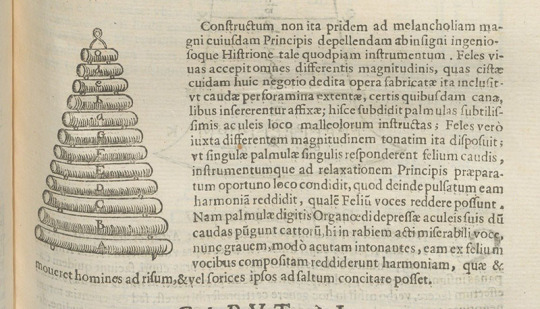

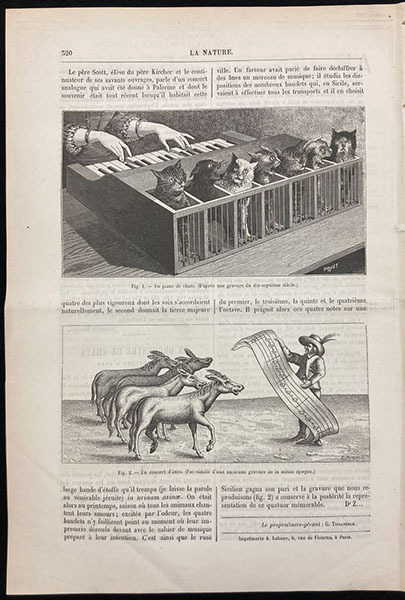
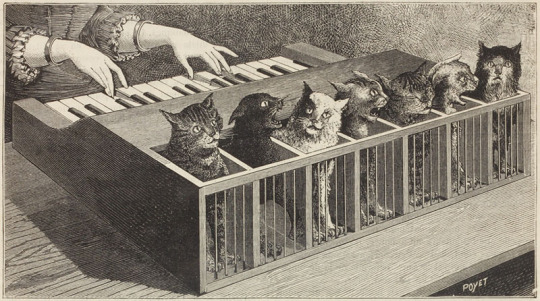

Gaspar Schott – Scientist of the Day
Gaspar Schott, a German Jesuit natural philosopher, was born Feb. 5, 1608.
read more...
#Gaspar Schott#cat piano#histsci#histSTM#17th century#19th century#history of science#Ashworth#Scientist of the Day
28 notes
·
View notes
Text
Three Illustrated books of Natural history: Physical curiosities, Women with Microscopes! Kircher’s museum in the Collegio Romano
Three Illustrated books of Natural history: Physical curiosities, Women with Microscopes! Kircher’s museum in the Collegio Romano

View On WordPress
#Deamonology#Francesco Redi#Gaspar Schott#Generation#Jesuits#Kircher#Monsters#Natural history#STEM#Women in Science#Women with Microscopes
1 note
·
View note
Photo
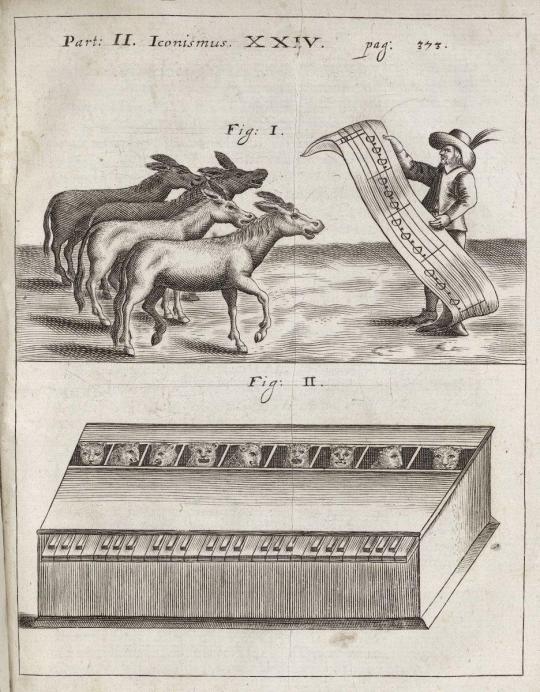
Illustration from Gaspar Schott's Magia universalis naturae et artis (c. 1658) — the bottom image shows a "cat piano".
More about cat pianos here: https://publicdomainreview.org/essay/cat-pianos-sound-houses-and-other-imaginary-musical-instruments
20 notes
·
View notes
Quote
Natural magic is what I call certain hidden knowledge of the secrets of nature, by which, when one has recognized the nature, properties, concealed powers, sympathies, and antipathies of individual things, one can produce certain effects which appear strange or even miraculous to those who are uninformed of their causes.
Gaspar Schott, Magia Universalis Naturae et Artis, 1657
78 notes
·
View notes
Photo



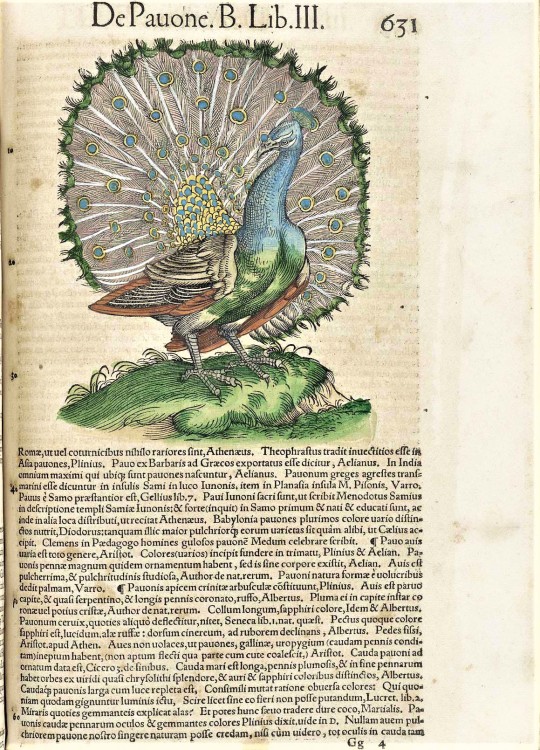






Summer Series: The Spectacle of Nature: Illustrated Natural History Books
This summer in preparation for my final year as a UW-Milwaukee History Masters student I am undertaking an Individual Study overseen by head of UWM Special Collections, Max Yela. For years now I have been fascinated by the visual representation of nature in books, especially the proliferation of images produced during the 19th century when new printing methods such as lithography and wood engraving became popular. The Victorian period is also the time when natural history study became a suitable activity for women and children, and not just networks of wealthy “gentleman scientists.” My thesis will be about the popularization of natural history during the 19th century in Europe and the United States and how books containing illustrations of plants and animals contributed to that.
To get a better sense of the scope and history of scientific illustrations, I am spending this summer researching some of the earliest known natural history books. This is largely inspired by a week-long course I took with the California Rare Book School in the Summer of 2019 on “Illustrated Scientific Books in Early Modern Europe” taught by University of Southern California Art History and History Professor Daniela Bleichmar. That course provided a foundational knowledge about the role that images play in the production of scientific knowledge. Illustrations can also be religious, allegorical, emblematic, and political. This summer I will be researching the interplay between the history of science and the history of the book. Starting with medieval bestiaries and herbals in the manuscript tradition and working my way through some of the earliest printed scientific books of the 16th to 18th centuries. I am going to be utilizing materials within the UWM Special Collections, the American Geographical Society Library, and other local libraries to deepen my understanding of the role of images in natural history books.
Today I am highlighting illustrations from some well-known natural history books to get started!
List of Images:
1. Bern Physiologus, 9th-century illuminated copy of the Latin translation of the Physiologus, a text that was originally written in Greek by an unknown author in Alexandria sometime between the 2nd -4th century CE. It is a didactic Christian text that describes the moral and symbolic meaning of various plants, animals, and mythical creatures and is thought to be the predecessor and inspiration to medieval bestiaries. Image courtesy of Wikipedia Commons.
2. Adam Naming the Animals from the Northumberland Bestiary, about 1250–60, English. The J. Paul Getty Museum, Ms. 100, fol. 5v. Digital image courtesy of the Getty’s Open Content Program.
3. Reproduction of Albrecht Dürer’s Rhinoceros. This is a copperplate etching from our copy of Gaspar Schott’s Physica Curiosa, published in 1662. Dürer's Rhinoceros was originally a woodcut made in 1515 based on a written description and sketch of an Indian rhinoceros. It became an iconic image that was copied and included in many published books, including Conrad Gessner’s Historia animalium.
4. Hand-colored woodcut of a peacock from Conrad Gessner’s Historia animalium published 1551–1558. Image courtesy of U.S. National Library of Medicine’s online collection “Historical Anatomies on the Web.”
5. Daffodil (or Narcissus) flowers from our copy of the 1597 printing of John Gerard’s The Herball, or, Generall Historie of Plantes.
6. Head of fly from Robert Hooke’s book Micrographia: or Some Physiological Descriptions of Minute Bodies Made by Magnifying Glasses, with Observations and Inquiries Thereupon, published in 1665. This is a photograph I took of USC Special Collections copy.
7. Illustration from Maria Sibylla Merian’s Metamorphosis insectorum surinamensium, first published in 1705. Image from the Biodiversity Heritage Library’s digital copy.
8.-9. Allegorical title page from Amusement microscopique tant pour l'esprit by Martin Frobenius Ledermüller, published 1764-1768. Illustration of a butterfly and what its wings look like under a microscope. Images from the Biodiversity Heritage Library’s digital copy.
10. Flamingo from Mark Catesby’s Natural History of Carolina, Florida and the Bahama Islands. Catesby taught himself to make the engravings for the book, based on his original drawings from out in the field. He created 263 original watercolors as preparatory studies which he later turned into hand-colored etchings. The first volume was completed in 1732 and the second volume was completed in 1743. This is from Milwaukee Public Library’s copy.
I am naming my independent study “The Spectacle of Nature” as a homage to Noël Antoine Pluche’s Le Spectacle de la Nature, a popular work of natural history first published in French from 1732-1750.
–Sarah, Special Collections Senior Graduate Intern
#Summer Series#The Spectacle of Nature#Illustrated Natural History Books#Illustrated Scientific Books in Early Modern Europe#California Rare Book School#scientific illustrations#natural history#plants#animals#bestiaries#bestiary#herbal#Bern Physiologus#Physiologus#Albrecht Dürer#Gaspar Schott#Conrad Gessner#Robert Hooke#Maria Sibylla Merian#Mark Catesby#Sarah Finn#sarah
179 notes
·
View notes
Text

P. Gasparis Schotti, regis curtani ... Physica curiosa, sive, Mirabilia naturæ et artis libris
An exceptional example of the “monsters” proliferated during the 17th century can be found in Gaspar Schott’s Physica Curiosa. Schott (1608-1666), a German scientist and Jesuit, specialized in the fields of physics, mathematics, and natural philosophy.
#physica curiosa#monsters#illustration#17th century#gaspar schott#p. gasparis schotti#art#mirabilia naturæ#monstrum#monstrum tricepts#monstrum draconis#dragon monster#three headed monster#three heads#cryptidcore#cryptid#cryptids#anthropomorfic#anthropomorphic#anthropomorph
14 notes
·
View notes
Text
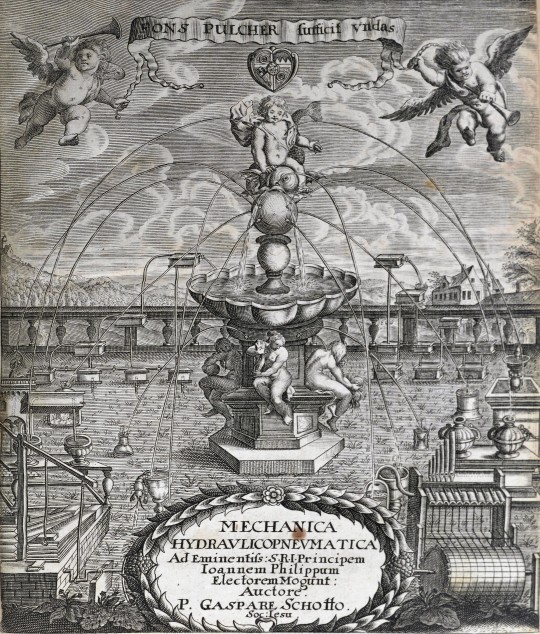
[KIRCHER, ATHANASIUS. 1602-1680]
Schott, Gaspar. 1608-1666. Pantometrum Kircherianum, hoc est Instrumentum Geometricum Novum, à Celeberrimo viro P. Athanasio Kirchero. Würzbourg: Jobst Hertz, 1660.
2 notes
·
View notes
Text
Physica Curiosa
-- by Jesuit Father Gaspar Schott
-- published in 1662
-- inaccurate travel report
-- about abnormal births, strange animals, and fabulous humanoid creatures in faraway places
-- very distorted accounts
-- examples
-- boy with head of an elephant, accompanied by a horned infant
-- winged bird-centaur with human head
-- three-headed monster with heads of a fox, dragon, and eagle
-- people in Europe genuinely believed it
-- viewed these cultures as barbarian
-- anthropology developed to further research these claims
Patreon | Ko-fi
#studyblr#notes#biology#biology notes#anthropology#anthropology notes#physica curiosa#gaspar schott#1600s#history#history notes#world history#world history notes#european history#european history notes#europe
1 note
·
View note
Text
Two huge Books by Gaspar Schott
Physica Curiosa, Sive Mirabilia Naturæ Et Artis Libris XII. Comprehensa, Quibus pleraq;, quæ de Angelis, Dæmonibus, Hominibus, Spectris, Energumenis, Monstris, Portentis, Animalibus, Meteoris.
and Technica curiosa, sive Mirabilia artis, libris XII
“Gaspar Schott, German physicist, born 5 February, 1608, at Konigshofen; died 12 or 22 May, 1666, at Augsburg. He entered the Society of Jesus 20…
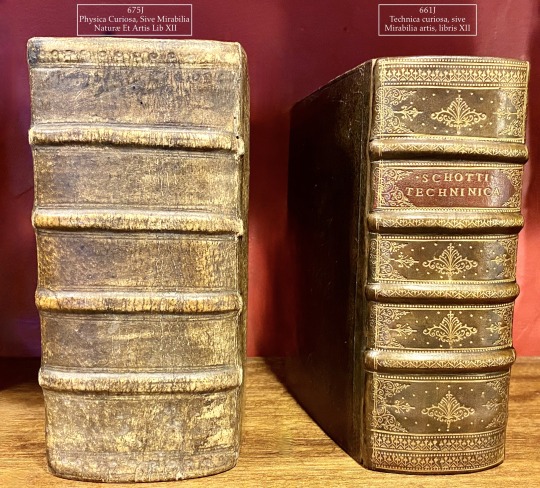
View On WordPress
#Artificial Magic#Centaur#Dragons#early printed books#Jesuit#Jesuit Science#Kircher#mechanics#Monstrous births Imaginary beings#Natural history#Otto Van Guericke#Pneumatics#Vaccume
2 notes
·
View notes
Photo
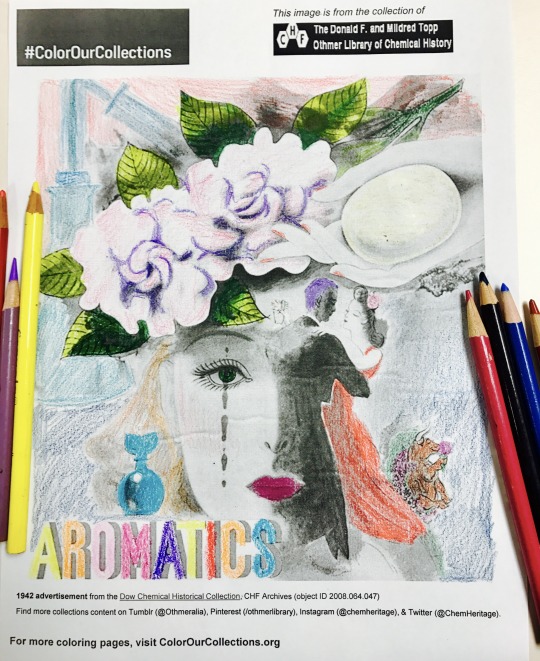


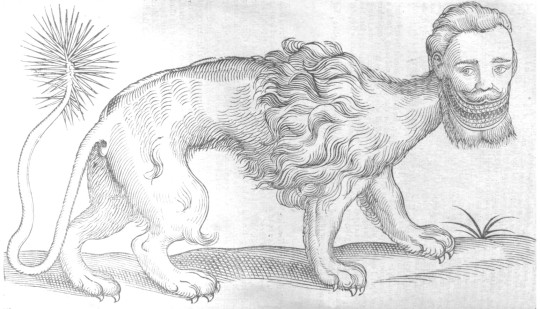
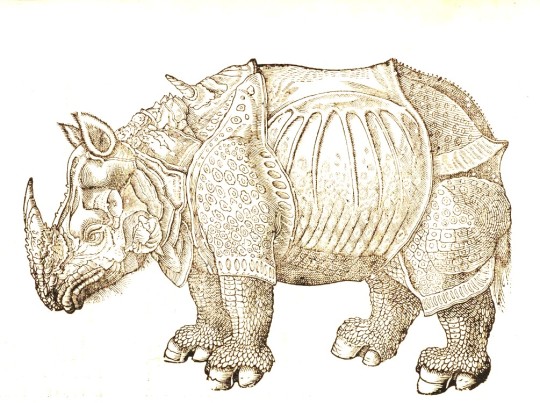
#ColorOurCollections
Get out those art supplies because #ColorOurCollections is back for a second year. From February 6-10, 2017, libraries, archives, and other cultural heritage institutions will be offering images from their collections to undergo artistic enhancement. We’ve assembled a brand new coloring book for this year. You can download the pages from our online catalog: Othmer Library Coloring Pages.
Please share your color creations with us by uploading your photo to Tumblr and tagging @Othmeralia in your text! And if you’re on Twitter, you can include #OthmerLibrary in your tweet! We can’t wait to see your amazing creations!
17 notes
·
View notes
Photo




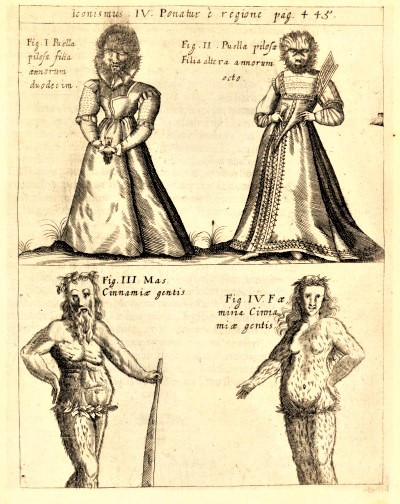



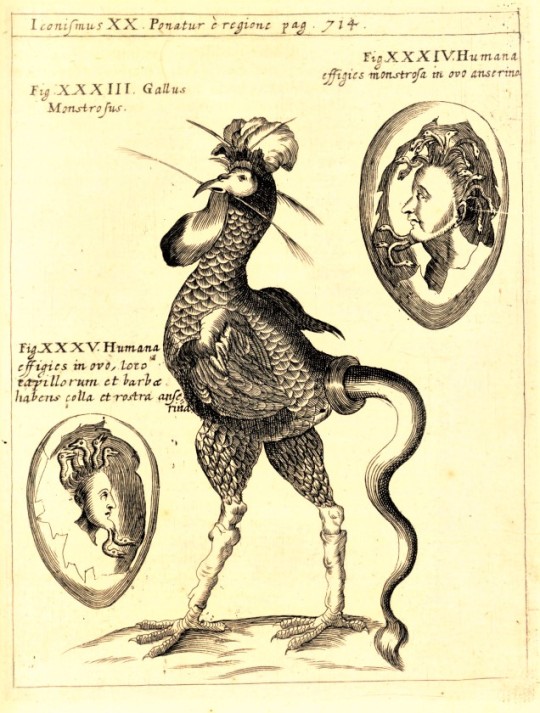

Science Saturday / Halloween Crossover
Halloween falls on a Saturday this year, and what better way to celebrate than to look at a “scientific” work about monsters, Gaspar Schott’s Physica Curiosa!
Gaspar Schott was 17th-century German Jesuit scientist whose compilations, “experiments,” and deep interest in magic occasionally led to some pretty dodgy publications of his own – much to the delight of his 21st-century readers! Such is the case with his Physica Curiosa (almost-full title below), published in Würzburg (Herbipolis) in 1662.
This two-volume set explores the physical curiosities of the known and unknown worlds, mixing (as the extended title suggests) observed fauna, flora, and astronomical phenomena with fabulous beasts, monsters, angels, demons, specters, and portents.
P. Gasparis Schotti ... Physica curiosa, sive Mirabilia naturæ et artis libris XII. comprehensa; quibus pleraque, quæ de angelis, dæmonibus, hominibus, spectris, energumensis, monstris, portentis, animalibus, meteoris, &c. rara, arcana, curiosaq́ue circumferuntur, ad veritatis trutinam expenduntur, variis ex historia ac philosophia petitis disquisitionibus excutiuntur, & innumeris exemplis illustrantur ...
You can browse a digital copy of Physica Curiosa online through the Internet Archive! Which seems like a great Halloween activity. There is also a full moon tonight! SPOOKY!
HAPPY HALLOWEEN!
View our other posts about Physica Curiosa.
View other Halloweeny-like posts.
View more Science Saturday posts.
-- Sarah, Special Collections Graduate Intern
#Science Saturday#Gaspar Schott#Physica Curiosa#scientific illustration#monsters#engravings#copperplate#etchings#science#naturalist#natural history#natural philosophy#17th century#early science#history of science#Halloween#holidays#spooky#pagefrights#Sarah#Sarah Finn
263 notes
·
View notes
Text
Physics Curiosa. 1667
Gaspar Schott’s Physics Curiosa is a densely illustrated encyclopedia of animals some of which exist and others which are reported to exist or had once existed. Of the twelve books half are comprised of miraculous beings, many illustrated and explained by the creations of Angels, Specters, Demons, and un-natural magic. The second half is more marvels of nature, mostly existing exotic animals,…
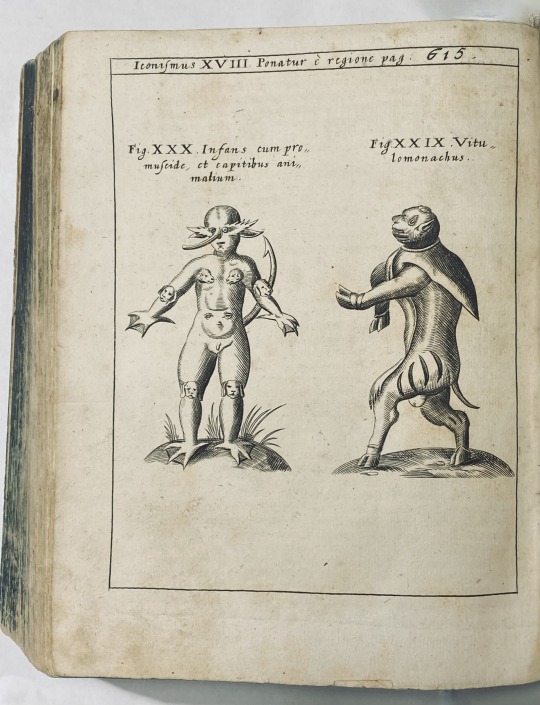
View On WordPress
#Artificial Magic#Centaur#Dragons#illustrated natural history#Imaginary beings#Jesuite science#Monstrous births#Natural curiosities
0 notes
Photo
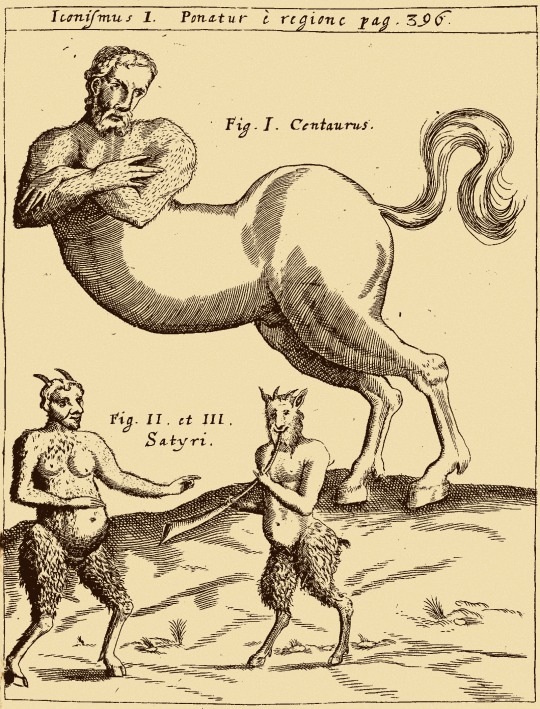
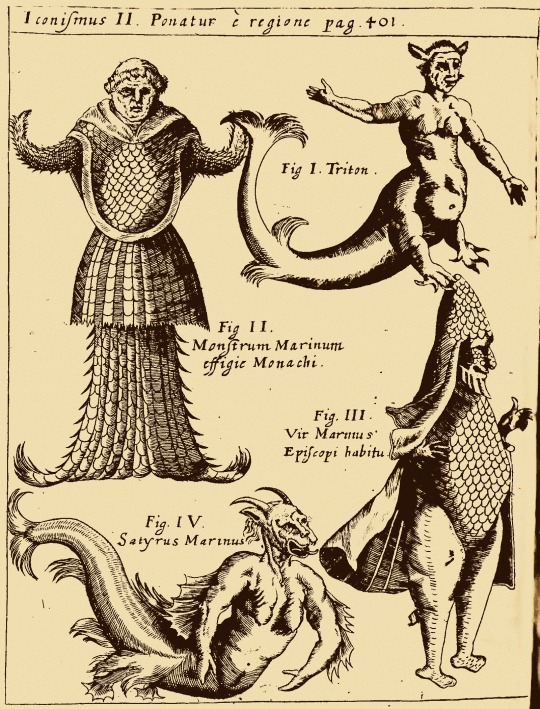
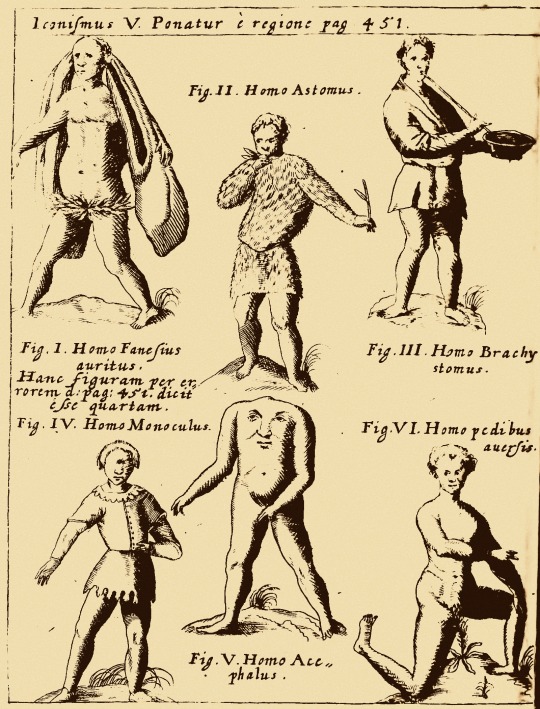
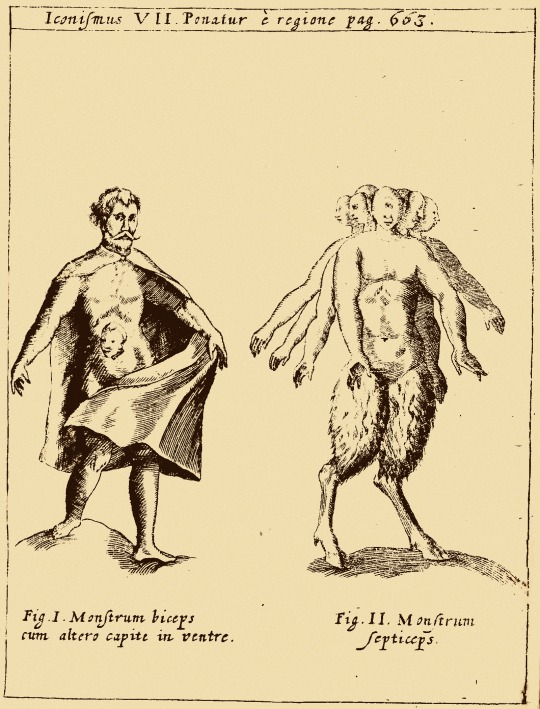

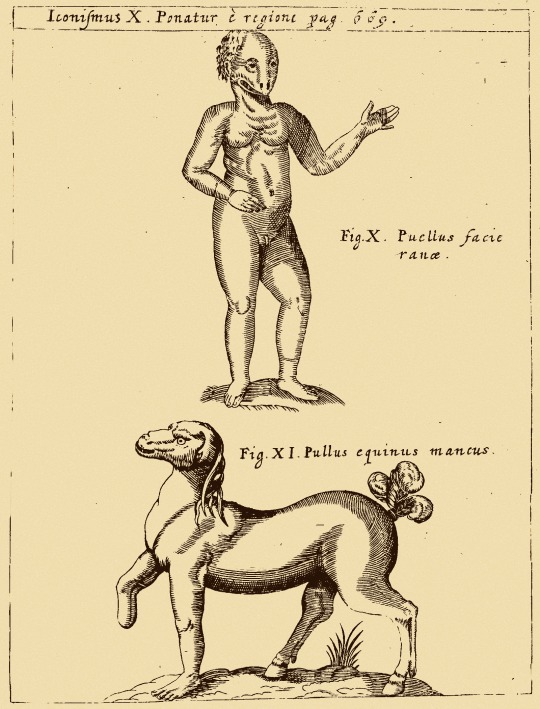
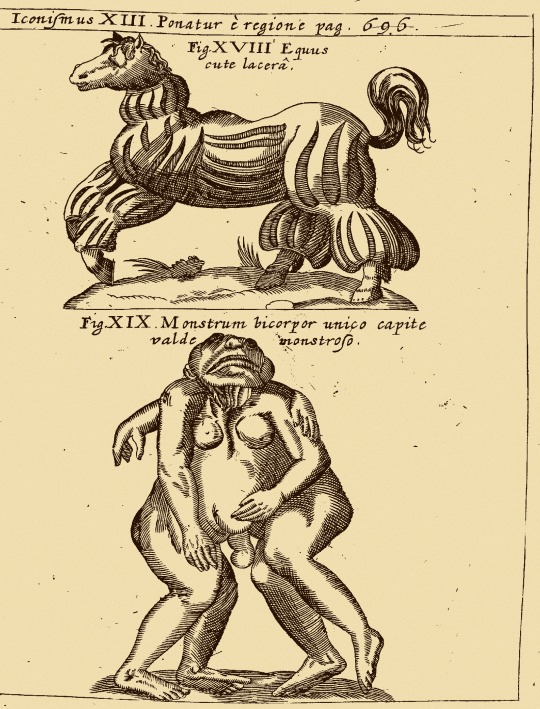
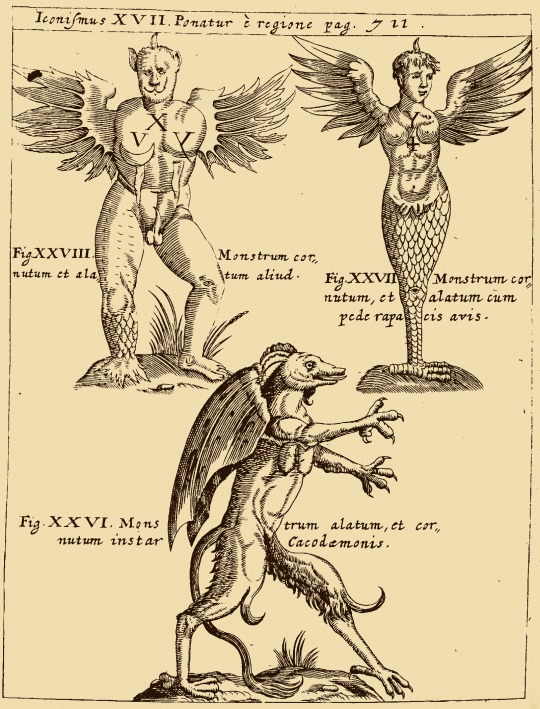
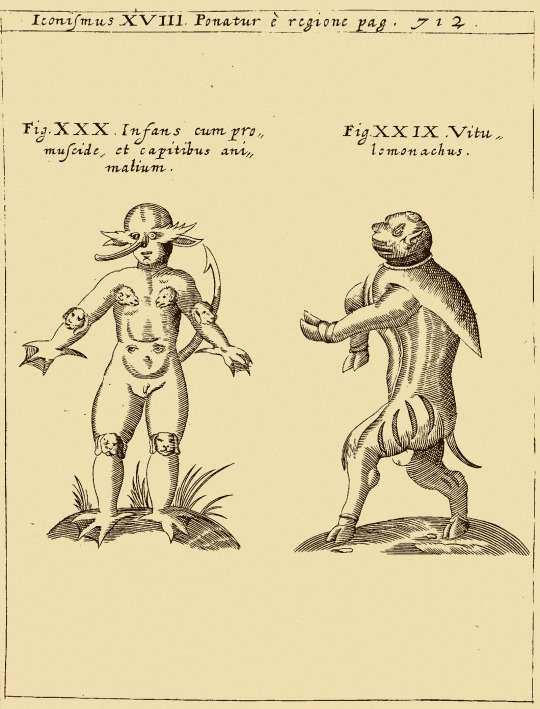

Selected illustrations from Gaspar Schott’s Physica Curiosa. (1662)
316 notes
·
View notes
Text
Críticas | Climax (2018)
Relato sumamente imprevisible construido desde la confusión y usando a su favor la especificidad y dinámica de sus personajes. Una edición por momentos rudimentaria y propuestas sin resolver se alzan como sus principales defectos.
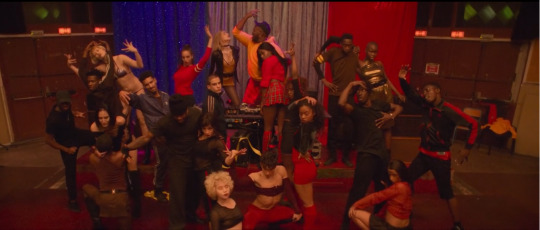
Sinopsis: Un grupo de bailarines internados en una academia asisten a una fiesta de cierre luego de su último ensayo. La tensión entre sus personalidades y sus propios intereses se potencian cuando, sin saberlo, consumen una sangría mezclada con LSD, transformando la celebración en una violenta y traumática experiencia.
Lo destacable de Gaspar Noé es que siempre intenta ofrecer en una película algo más que una historia de ficción. Transmitir, y hacer parte al espectador de esa historia, parece ser su principal objetivo, y aprovecha cada elemento a su disposición para que eso ocurra: en el caso de Climax, empezar por una escena final no habría sido algo innovador, pero incluirle de inmediato la secuencia de créditos en el minuto uno, puede descolocar a cualquiera. La confusión ya está hecha, y el espectador está extrañado. Cualquier cosa que se le presente en adelante, la mirará con sospecha. Y si hay algo que sobrevuela constantemente entre los protagonistas ficticios es sospecha y mucha confusión.
Por otro lado, algo que no solamente sobrevuela sino que en muchos casos se transforma en el eje central de los vínculos entre personajes, y que suele ser una constante para Noé, es la sexualidad. Si bien en otras oportunidades podría tratarse de una temática o imágenes caprichosas, en esta cinta parece haber encontrado una trama precisa para que, a riesgo de incomodar, el sexo pase como un tema frecuente, prioritario y central entre sus personajes: un grupo juvenil integrado por personas sin previo contacto (salvo excepciones) que expresan continuamente su sensualidad a través de la danza. Internados en una academia remota, la calentura está a la orden del día. Son esos vínculos en, y a través de, los que se construye sólidamente el resultado final, que brindando pocos pero precisos elementos de las diferentes personalidades ofrece un relato dinámico que es potenciado por el lugar de encierro en el que suceden.
Aunque ofrezca una división de tres capítulos, la película podría ser partida claramente en dos: una primera y larga parte introductoria que reúne una serie de secuencias muy distinguibles entre sí, y una segunda en donde el conflicto revelado es desarrollado casi en tiempo real y donde se hace presente su mayor despliegue técnico y escénico. En aquella parte introductoria pueden identificarse dos subdivisiones en donde los diálogos sobresalen por sobre lo visual. En un primer momento, videos del casting de los bailarines dando testimonio sobre sus preferencias, miedos y demás aspectos de su vida se suceden en una imagen quieta de un antiguo televisor; en lo que es el primer acercamiento hacia los protagonistas. La secuencia hablada siguiente es precedida por un hipnótico número musical aparentemente sin cortes, un gran espectáculo en donde se muestra más la destreza y el estilo de los bailarines que sus personalidades, además de dejar en claro, en la gran mayoría de los casos, que son mucho mejores en ese arte que en el de la actuación. y eso se ve en los minutos siguientes, en los que la acción depende netamente de sus diálogos y sus interacciones, sin mucha injerencia de lo técnico o artístico. De hecho, es en esta serie de conversaciones en donde más tosca y rústica aparece la edición del film, con un freno y arranque constante entre plano y plano, intercalando interacciones sin mucha relación entre ellas en los distintos rincones del salón. Queda claro que, tal como mencionó el director en una entrevista, su idea original no era ésta, sino presentarlo como un plano - secuencia. De todas formas, y por más que sea extraño de ver, ese montaje no solo termina por acortar una cinta que seguramente en su concepción original habría sido más larga, sino que también hace que ese pasaje en particular pase más rápido, haciendo que esos ¿cuarenta? minutos de introducción pasen más inadvertidos. Todo eso, para dar paso a una segunda parte en la que lo sensorial y lo estético toman el centro de la escena.
La paranoia y la claustrofobia esparcida entre todos los protagonistas es llevada al extremo con potentes escenas de caos, violencia, y en algunos casos, autodestrucción. Los efectos del trago “envenenado” son tan diversos como las personas en la sala, y Noé se encarga de traducírselo al espectador con imágenes sutilmente distorsionadas y una cámara revoltosa, en una larga secuencia en tiempo real cuya realización es sin duda lo mejor de la cinta. Cualquier cosa que pase en esos minutos resulta fuera del alcance de la imaginación del espectador, que padece cómo minuto a minuto todo se torna catastrófico y traumático para los personajes. Sin embargo, el gran despliegue de recursos técnicos y dramáticos en esta última parte es soslayado por el hecho de que algunas cuestiones presentadas en la primera parte nunca se desarrollan, o tengan un final anticipado.
Aunque conserva la impronta del director, Climax se alza como una de sus películas más convencionales y más amigables (salvo por algunas pocas muestras de violencia), que puede captar el interés de un público joven interesado por la psicodelia, el horror y la danza.
Ficha técnica
Título original: Climax (Francia)
Género: Thriller psicológico, horror
Duración: 96 min.
Guión y dirección: Gaspar Noé
Reparto: Sofia Boutella, Romain Guillermic, Souheila Yacoub, Kiddy Smile, Claude Gajan Maull, Giselle Palmer, Taylor Kastle, Thea Carla Schott, Sharleen Temple, Lea Vlamos, Alaia Alsafir, Kendall Mugler, Lakdhar Dridi, Adrien Sissoko, Mamadou Bathily.
#gaspar noe#movie review#film review#critica de cine#cine#pelicula#horror movies#cinema#movies#lgbt movie#lgbtq#cl*max
4 notes
·
View notes
Photo

22nd May 1666, death of German Jesuit and natural philosopher Gaspar Schott. His 1662 book ‘Physica Curiosa’ is a compendium of engravings and stories based upon monsters and bizarre animals considered at the time to exist, and also physical abnormalities and deformities. Although dating from the medieval period, the persistence of fabled creatures in the imagination continued, as we shall see. 23rd May 1707, birth of Swedish botanist, zoologist, and physician Carl Linnaeus, the "father of modern taxonomy" for his formulation of the system of naming organisms. Studying plants and animals, he published Systema Naturae in 1735, which outlined his ideas for the hierarchical classification of the natural world, dividing it into the animal kingdom, the plant kingdom, and the "mineral kingdom". Also included are dragons, the phoenix, sirens, and the manticore, as well as frogs that revert back to tadpoles, and a plant whose fruit is in the form of sheep. Such was the persistence of the existence of these mythological creature that they were included in Linnaeus' Systema Naturae until the sixth edition. In 1735, Linnaeus travelled to the Dutch republic to study medicine, stopping at Hamburg he was invited by the Mayor to see the town’s natural wonder, the remains of a seven-headed hydra, which the local monks claimed to be the Beast of Revelation. The town was in the process of auctioning off the beast for an enormous sum, Linnaeus was eager to see the fabled creature, and subsequently disappointed when he saw that it was the size of a dog, and had been stitched together from the remains of a snake and a weasel Publicly declaring the creature to be a fake, (continued in the comments) #fabled #cryptid #cryptidcore #cryptids #cryptidart #cryptidartist #cryptidsighting #cryptidaesthetic #medievalbeasts #carllinnaeus #historyofscience #strangehistory #bizarre #bizarrehistory #strangetales #weirdhistory #monstersamongus #zoology #zoologist #curiositycabinet #taxonomy #gothictales #cryptidcreatures #strangecreatures #hydra #manticore #hamburggermany #mythologyart #mythologymemes #mythologicalcreatures https://www.instagram.com/p/CPQwGfMnDt4/?utm_medium=tumblr
#fabled#cryptid#cryptidcore#cryptids#cryptidart#cryptidartist#cryptidsighting#cryptidaesthetic#medievalbeasts#carllinnaeus#historyofscience#strangehistory#bizarre#bizarrehistory#strangetales#weirdhistory#monstersamongus#zoology#zoologist#curiositycabinet#taxonomy#gothictales#cryptidcreatures#strangecreatures#hydra#manticore#hamburggermany#mythologyart#mythologymemes#mythologicalcreatures
5 notes
·
View notes
Photo
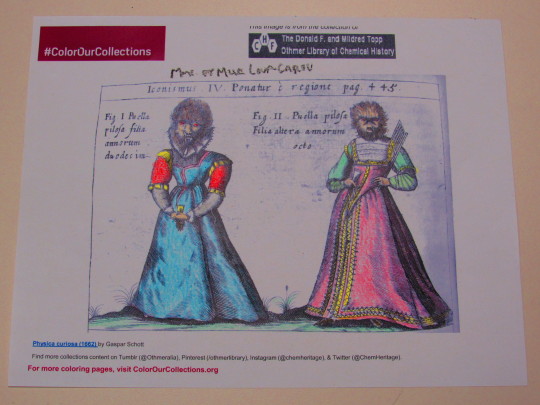
A contribution to #ColorOurCollections from our Senior Archivist!
12 notes
·
View notes